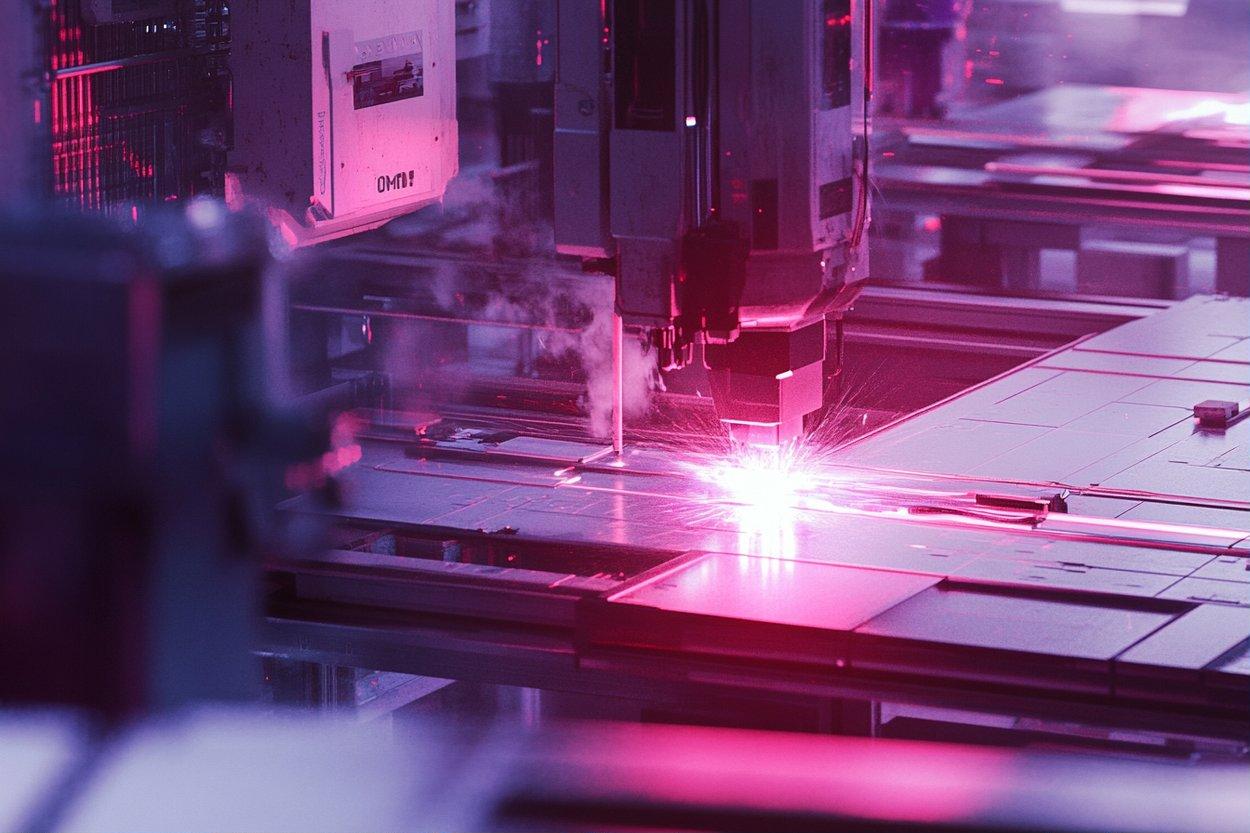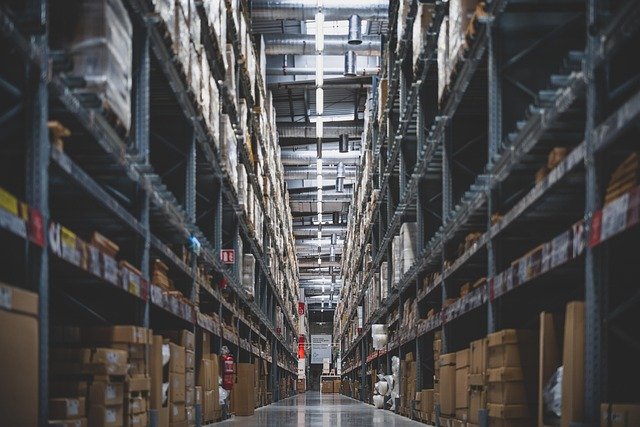Unlocking the Power of Laser-Cutting and Welding Machines for Your Workshop
Modern workshops increasingly rely on advanced laser technology to meet demanding precision requirements and diverse material processing needs. Laser-cutting and welding machines have transformed traditional metalworking operations, offering capabilities that extend far beyond conventional methods. These sophisticated tools combine computer-controlled precision with intense laser energy to cut, weld, and shape materials with remarkable accuracy. Whether you operate a small fabrication shop or manage a large manufacturing facility, understanding the potential of laser technology can significantly enhance your operational capabilities and product quality.

The Precision of Laser-Cutting Machines
Laser-cutting technology utilizes focused light beams to melt, burn, or vaporize material along predetermined cutting paths. Computer numerical control (CNC) systems guide the laser head with exceptional accuracy, typically achieving tolerances within 0.1mm. This precision makes laser cutting ideal for intricate designs, complex geometries, and components requiring tight dimensional specifications.
The process generates minimal heat-affected zones compared to traditional cutting methods, preserving material properties and reducing post-processing requirements. Modern laser-cutting machines can process various materials including mild steel, stainless steel, aluminum, brass, and even non-metallic materials like acrylic and wood. The clean, smooth edges produced by laser cutting often eliminate the need for secondary finishing operations, reducing overall production time and costs.
The Versatility of Laser Welding Machines
Laser welding systems offer remarkable versatility in joining materials with minimal distortion and superior weld quality. The concentrated heat source allows for deep penetration welding while maintaining narrow weld seams and reduced heat input to surrounding areas. This characteristic proves particularly valuable when working with heat-sensitive materials or thin sections that might warp under conventional welding processes.
These machines excel in both conduction and keyhole welding modes, adapting to different material thicknesses and joint configurations. Laser welding produces strong, consistent joints with excellent mechanical properties, making it suitable for applications ranging from automotive components to precision instrumentation. The process can be easily automated, ensuring consistent quality and enabling high-volume production runs.
Enhancing Your Workshop’s Capabilities
Integrating laser technology into workshop operations transforms production capabilities across multiple dimensions. The speed and precision of laser processing enable workshops to take on more complex projects while maintaining competitive delivery schedules. Automated features reduce operator skill requirements for many operations, though proper training remains essential for optimal results.
Material utilization improves significantly with laser cutting due to narrow kerf widths and optimized nesting software that maximizes material usage. This efficiency translates to reduced material waste and lower operational costs over time. Additionally, the ability to process diverse materials on a single machine platform reduces equipment requirements and floor space needs.
Quality consistency represents another significant advantage, as laser systems maintain repeatable performance across production runs. This reliability helps workshops build stronger customer relationships and pursue quality-sensitive applications that might otherwise require outsourcing.
| Machine Type | Power Range | Price Range (EUR) | Typical Applications |
|---|---|---|---|
| CO2 Laser Cutting | 100W - 6kW | €50,000 - €300,000 | Sheet metal fabrication, signage |
| Fiber Laser Cutting | 500W - 15kW | €80,000 - €500,000 | Metal processing, automotive parts |
| Laser Welding System | 200W - 4kW | €60,000 - €250,000 | Precision joining, repair work |
| Hybrid Cut/Weld System | 1kW - 8kW | €150,000 - €600,000 | Multi-process manufacturing |
Prices, rates, or cost estimates mentioned in this article are based on the latest available information but may change over time. Independent research is advised before making financial decisions.
Future Trends in Laser-Cutting and Welding
The laser processing industry continues evolving with developments in beam delivery systems, power scaling, and process monitoring technologies. Artificial intelligence integration promises to enhance automated parameter optimization and real-time quality control. These advances will further simplify operation while improving process reliability and output quality.
Ultrafast laser technologies are emerging for specialized applications requiring minimal thermal effects, while higher power systems continue pushing productivity boundaries. Remote processing capabilities and improved beam shaping technologies expand application possibilities, particularly for three-dimensional workpieces and complex geometries.
Environmental considerations drive development of more energy-efficient systems and cleaner cutting processes. New laser sources offer improved electrical efficiency and longer operational lifespans, reducing overall ownership costs and environmental impact.
Conclusion
Laser-cutting and welding machines represent significant technological investments that can fundamentally transform workshop capabilities. The precision, versatility, and efficiency these systems provide justify their adoption for workshops seeking to expand their service offerings and improve competitive positioning. While initial capital requirements are substantial, the operational benefits, quality improvements, and expanded market opportunities typically provide strong returns on investment. Careful evaluation of specific workshop requirements, available space, and target applications will guide selection of the most appropriate laser processing systems for long-term success.




